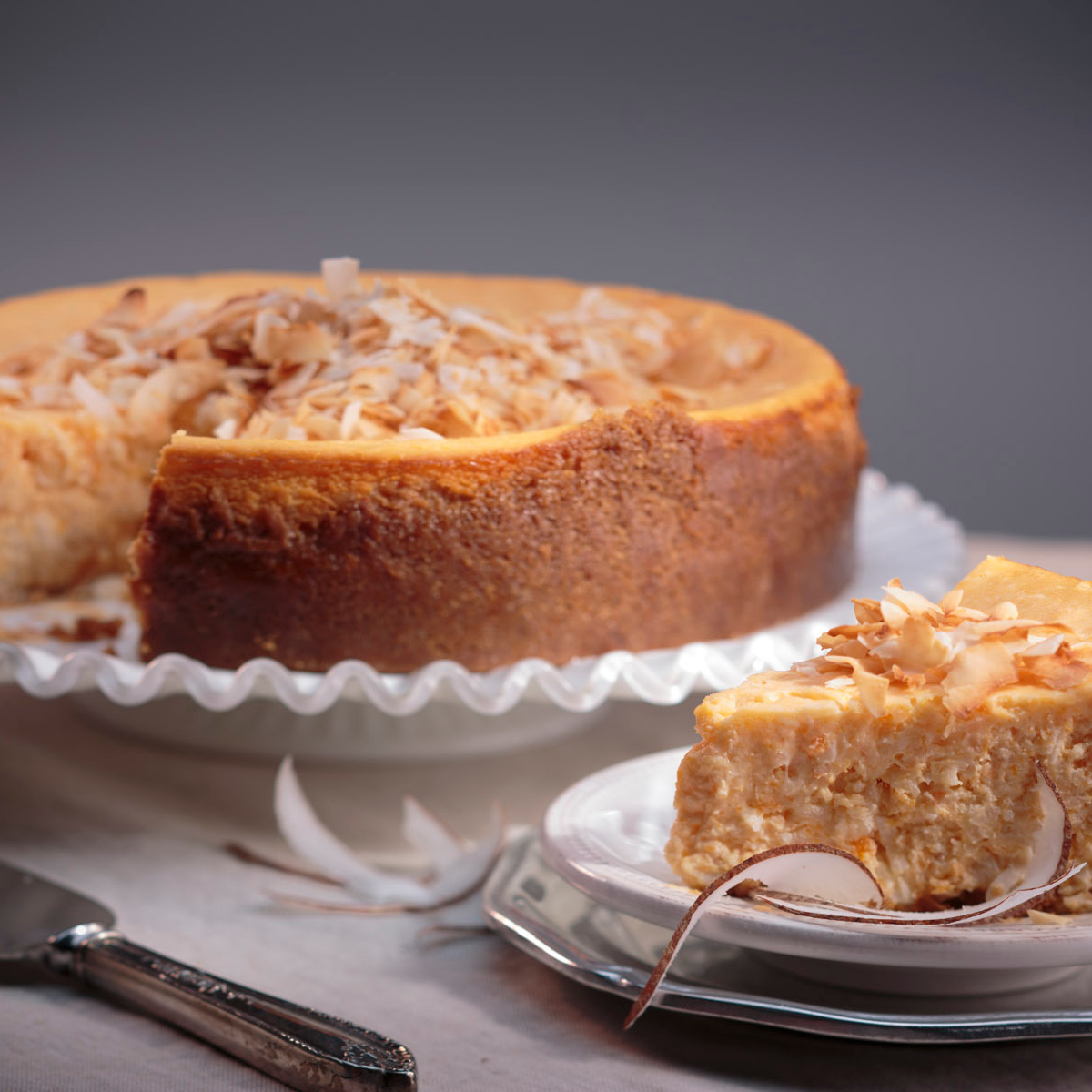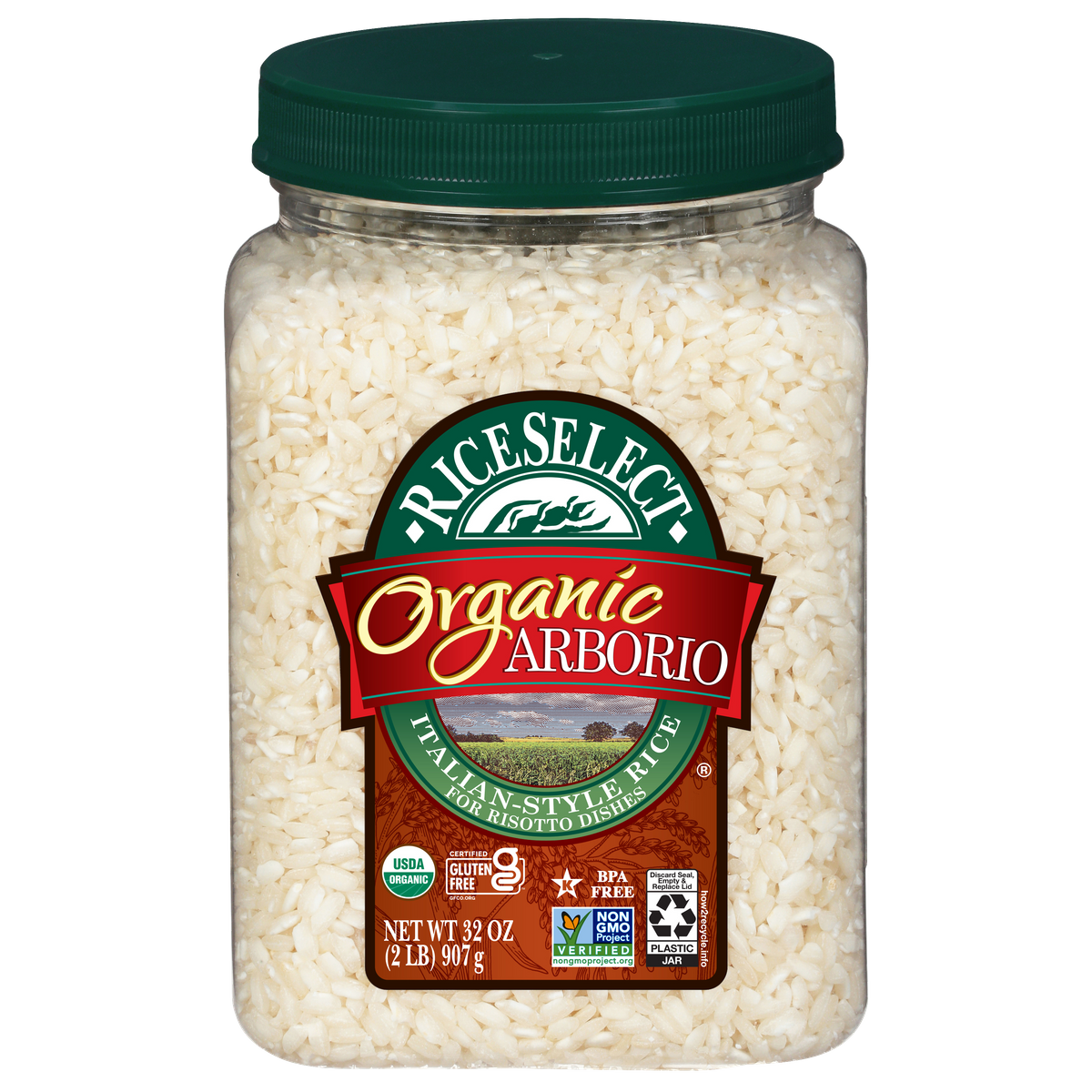Ingredients
- Crust
- *regular graham crackers can be used
Instructions
- Butter a 10-inch spring form pan.
- Combine crust ingredients and press in bottom and partially up sides of pan. Cover and refrigerate for 30 minutes.
- Preheat oven to 350 F
- Using a food processor, purée cooked Arborio, sweetened coconut milk and sweet potato.
- Using an electric mixture, combine cream cheese and sugar until smooth. Beat in eggs one at a time. Add coconut milk mixture, lemon juice and vanilla; beat until smooth. Stir in flaked coconut.
- Pour into prepared pan. Place pan on baking sheet and bake until filling is set, about 1 hour and 20 minutes.
- Remove from oven; cool slightly.
- Cover and refrigerate overnight or up to 3 days.
- Run knife around edge to loosen; remove pan sides.
- Place on cake plate and sprinkle with toasted coconut.
What is Coconut Milk
Coconut milk is made from the meat of a mature coconut, not to be confused with coconut water (the liquid that naturally exists inside the coconut). To obtain the milk, a coconut is cracked open, scraped, and shredded. After softening in hot water, the flesh is ultimately squeezed to extract the coconut milk.
Due to its versatility, coconut milk works well in both savory and sweet recipes. There are essentially many dishes that might incorporate it because it is a component used in so many cultures, from spiciness marinades to indulgent desserts. We've gathered the most useful advice to help you explore this great ingredient to support your cooking experiences with coconut milk.
When to Use Sweetened vs. Unsweetened
Making sure you buy the proper kind of coconut milk is one of the first considerations when using it in recipes. The majority of coconut milk that is sold commercially will be homogenized and prepared for export. This means that stabilizers and sweeteners are frequently present in many brands of coconut milk. All coconut milk will have a natural sweetness regardless of added sweeteners. Generally, most coconut milk recipes, especially the savory ones, will call for unsweetened coconut milk. Also keep in mind the fewer ingredients the coconut milk has, the better!
When to Use Coconut
- Use Coconut Milk to Replace Dairy
- Use Coconut Milk with Seafood Recipes
- Use Coconut Milk for Sauces, Dips, and Marinades
- Bake with it
How to Store It
Fresh coconut milk generally only lasts a few days in the refrigerator, even if stored in an airtight container. The best way to keep leftover coconut milk for longer periods of time is to freeze it. You can accomplish this by either pouring coconut milk into plastic freezer bags or ice cube trays (for easier servings).
If you have some coconut milk leftover try our Jasmati® Coconut Lime Rice Pudding Recipe for dessert!
Other Rice Inspiration
If you want something more savory, try our Mediterranean Orzo Salad or one of our shrimp and rice recipes. For more recipes or to have your questions (about Israeli couscous for example) answered.


